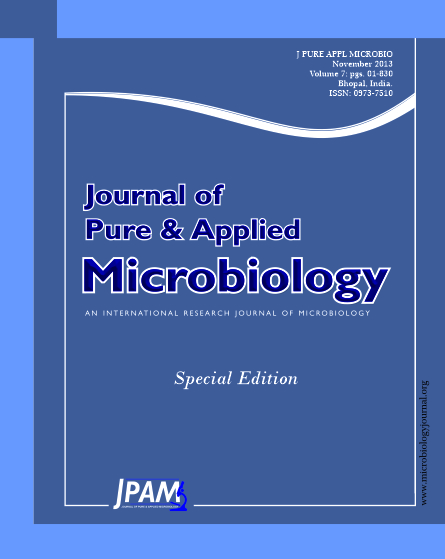Increasing application of nanotechnology highlights the need to clarify and understand nanotoxicity. In this work, the sub-acute toxicity of silver nanoparticles (Ag-NPs) to fresh water microalga Chlorella vulgaris and marine microalga Dunaliella tertiolecta were assessed. To induce Ag-NPs effect we exposed both algae to various concentrations of Ag-NPs (0 – 200 mg/L). Cellular viability and reactive oxygen species (ROS) formation were determined to evaluate the toxic effect of Ag-NPs on algal growth. Superoxide dismutase (SOD), catalase (CAT) and peroxidase (POD) activities and lipid peroxidation (MDA) levels in algal cells were varied with concentration of Ag-NPs suspensions and exposure time (up to 8 d). As a result, 100 and 200 mg/L Ag-NPs caused statistically significant decrease in cell viability, as well as, SOD, CAT and POD activities and significant increase in ROS formation and MDA levels in tissues (P < 0.05), suggesting that the algal cells exposed to these two concentrations of Ag-NPs suffered from the oxidative stress. The extent of depletion of antioxidant enzymes activities and the elevation of MDA in the D. tertiolecta was the greatest, indicating that D. tertiolecta might be the most susceptible to Ag-NPs exposure. These results indicated a potential risk from Ag-NPs released into the aqueous environment.
Antioxidant, Chlorella, Dunaliella, Nanoparticles, oxidative stress
© The Author(s) 2013. Open Access. This article is distributed under the terms of the Creative Commons Attribution 4.0 International License which permits unrestricted use, sharing, distribution, and reproduction in any medium, provided you give appropriate credit to the original author(s) and the source, provide a link to the Creative Commons license, and indicate if changes were made.


